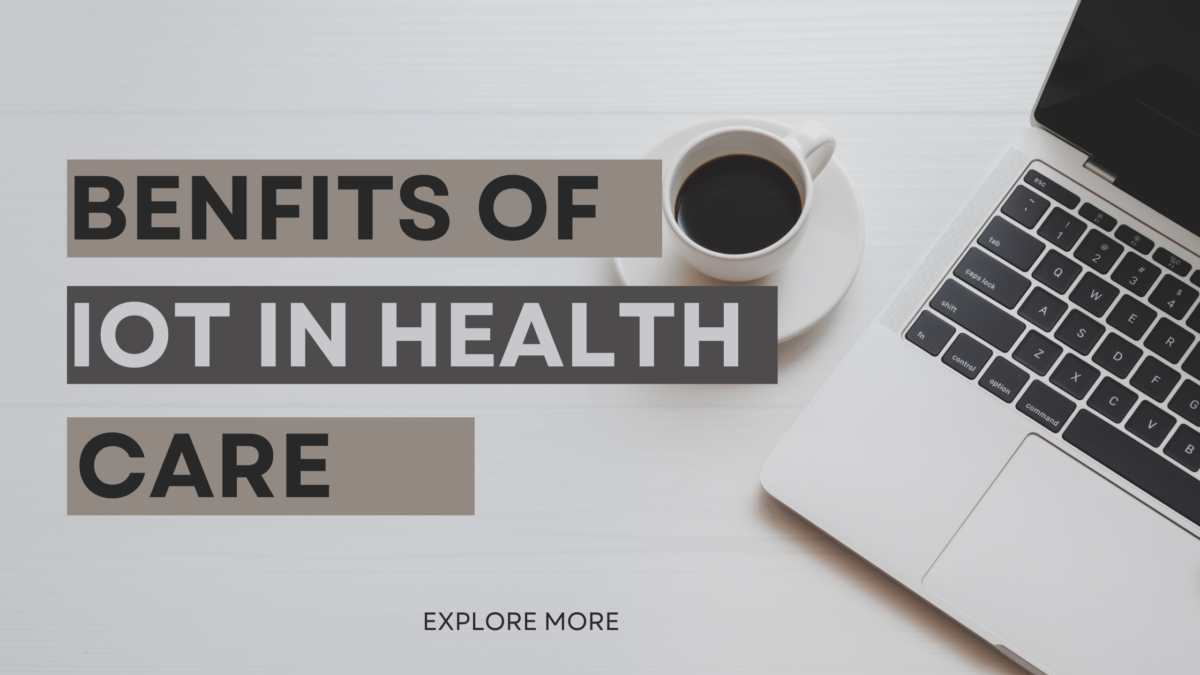Navigating the IoT Frontier: Unveiling Advantages and Disadvantages

Introduction:
The Internet of Things (IoT) has become a cornerstone of the digital age, interconnecting devices and systems to usher in a new era of efficiency and connectivity. As we immerse ourselves in this technological frontier, it is crucial to understand both the promises and pitfalls that come with IoT. In this comprehensive exploration, we’ll unravel the advantages and disadvantages of IoT, shedding light on its transformative potential and the challenges that demand careful consideration.
Advantages of IoT:
- Efficiency and Automation:
- At the heart of IoT lies a promise of enhanced efficiency through automation. Smart devices can communicate and collaborate, streamlining processes in both industrial and daily life settings. From smart homes adjusting temperatures based on user preferences to manufacturing plants optimizing production lines, efficiency is a hallmark of IoT.
- Data-Driven Decision Making:
- The massive amounts of real-time data generated by IoT devices provide a treasure trove of insights. Businesses can make informed decisions by analyzing this data, from predicting equipment failures in advance to tailoring marketing strategies based on consumer behavior. The era of data-driven decision-making has dawned, thanks to IoT.
- Enhanced Connectivity:
- IoT fosters a seamlessly connected world. Devices, systems, and people can communicate effortlessly, breaking down silos and promoting collaboration. This enhanced connectivity is not limited to personal convenience; it extends to industries, where supply chains, logistics, and manufacturing processes benefit from streamlined communication.
- Cost Savings and Resource Optimization:
- IoT applications contribute to cost savings through optimized resource utilization. In agriculture, smart irrigation systems can conserve water, while in energy management, IoT enables the monitoring and adjustment of power consumption, leading to significant financial benefits.
- Innovation Across Industries:
- The dynamic nature of IoT fuels innovation across various industries. Healthcare embraces remote patient monitoring, smart cities revolutionize urban living, and agriculture adopts precision farming techniques. The possibilities for innovation are vast, offering solutions to age-old challenges.
- Improved Quality of Life:
- In the realm of smart homes and wearables, IoT contributes to an improved quality of life. From smart thermostats that learn user preferences to fitness trackers that monitor health metrics, IoT technologies enhance our daily experiences, making life more convenient and personalized.
Disadvantages of IoT:
- Security Concerns:
- Perhaps the most prominent challenge associated with IoT is security. The interconnected nature of devices creates an extensive attack surface, making them susceptible to cyber threats. Unauthorized access, data breaches, and privacy concerns loom large, demanding robust cybersecurity measures.
- Privacy Issues:
- With the abundance of data collected by IoT devices, privacy becomes a critical concern. Users may feel uneasy about the constant monitoring of their activities, raising questions about who has access to this data and how it is being utilized. Striking a balance between data utilization and user privacy remains a complex challenge.
- Interoperability Challenges:
- The diversity of devices and communication protocols within the IoT ecosystem poses interoperability challenges. Ensuring seamless communication and integration between different devices and platforms requires standardized protocols and increased collaboration among industry stakeholders.
- Reliability and Downtime:
- The reliability of IoT systems heavily depends on stable network connections. Any disruptions in connectivity can lead to downtime, impacting critical processes in sectors such as healthcare, manufacturing, and transportation. Reliability concerns are particularly crucial in applications where real-time data is essential.
- Implementation Costs:
- While the long-term benefits of IoT can result in cost savings, the initial implementation costs can be substantial. This financial barrier may impede the adoption of IoT solutions, especially for smaller businesses, hindering their ability to leverage the technology’s potential.
- Environmental Impact:
- The proliferation of IoT devices contributes to electronic waste. As devices become outdated or non-functional, the responsible disposal and recycling of these devices become environmental challenges that demand attention to minimize the impact on ecosystems.
Balancing Act: Maximizing Advantages while Mitigating Disadvantages:
Navigating the IoT landscape requires a delicate balance between harnessing its advantages and addressing its challenges. Security measures must evolve alongside technological advancements, and privacy considerations should be at the forefront of IoT development. Standardization efforts need to ensure that different devices can seamlessly communicate, fostering a more interconnected and collaborative IoT ecosystem.
Moreover, as we embrace the benefits of IoT, it’s crucial to be mindful of its environmental impact. Sustainable practices, responsible disposal, and recycling initiatives can mitigate the ecological footprint of the rapidly growing number of IoT devices.
Conclusion:
In conclusion, the advantages and disadvantages of IoT present a complex tapestry that defines our technological landscape. As we stand at the intersection of innovation and challenges, it is imperative to approach the adoption and implementation of IoT with a strategic and ethical mindset. The potential for efficiency, connectivity, and innovation is vast, but it must be harnessed responsibly, with a commitment to security, privacy, and sustainability.
IoT is not just a technological evolution; it is a societal shift that requires collaboration between industry leaders, policymakers, and consumers to ensure a connected future that is not only efficient and innovative but also secure and ethical. As we embark on this journey, the careful consideration of both the opportunities and risks inherent in IoT will pave the way for a more connected, intelligent, and sustainable world.










